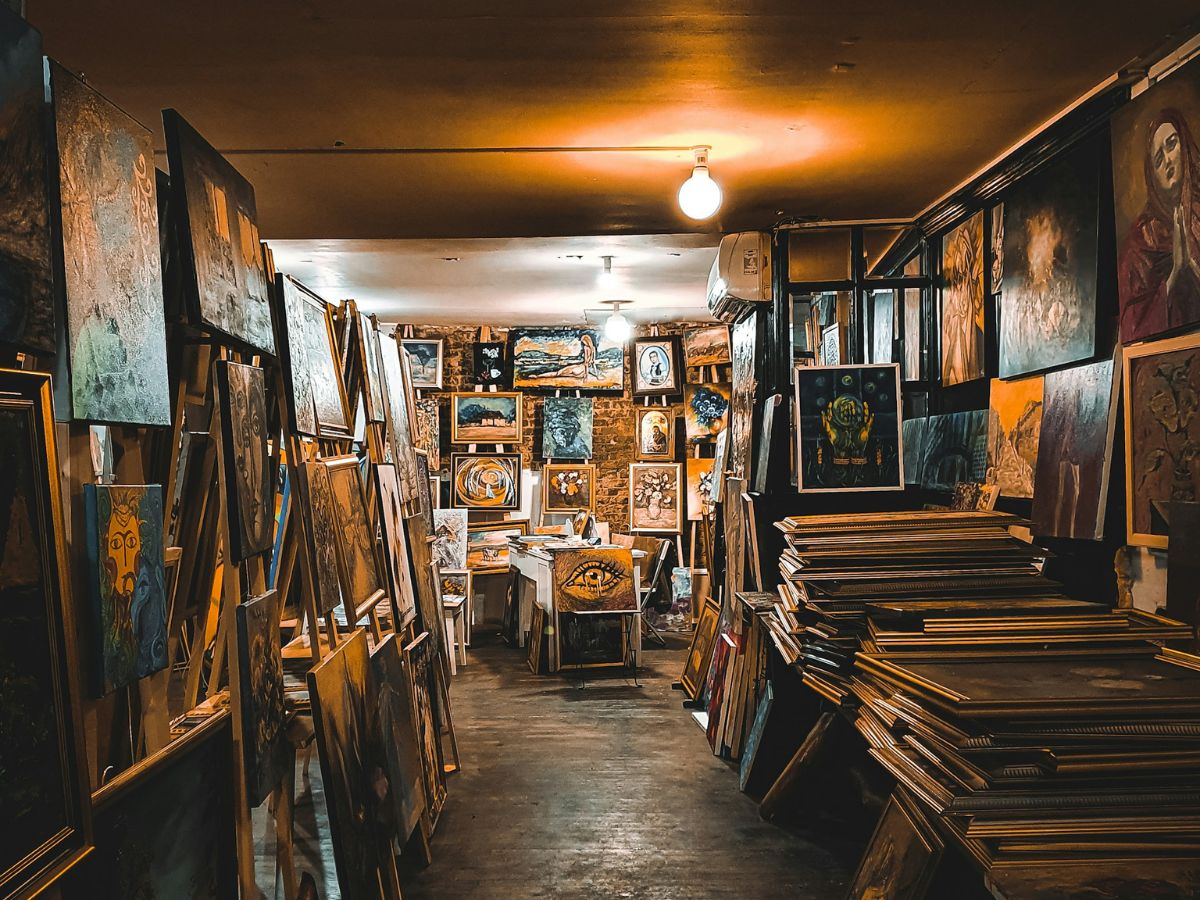
How to Manage Unsold Paintings: 5 Tips for Professional Artists
As a professional painter, unsold paintings can be a major concern. Whether due to market trends, shifting tastes, or other factors, every artist will eventually face the challenge of managing unsold inventory. Here are some practical tips to keep your collection fresh, engage potential buyers, and even create new opportunities from old works.
1. Rotate Your Collection
One effective way to manage unsold paintings is to regularly rotate your collection. Keeping the same pieces on display for extended periods can cause them to lose their appeal, both to you and to potential buyers. By rotating your artwork, you can keep your gallery or studio space fresh and engaging. Additionally, this practice gives you the opportunity to showcase different styles or themes, potentially attracting a more diverse audience.
Rotating your collection also means you can take older pieces off the display and reintroduce them later, giving them a renewed chance to capture interest. This strategy helps in maintaining a dynamic and inviting environment that encourages repeat visits from collectors and art enthusiasts.
2. Host an Online Sale
Today’s technology offers artists lots of opportunities to reach a global audience. Hosting an online sale can be an excellent way to manage unsold paintings. Platforms like Instagram, Etsy, and your own website can serve as virtual galleries where you can offer discounts or special promotions on older works.
An online sale creates a sense of urgency and exclusivity, prompting potential buyers to act quickly. It’s also an opportunity to clear out inventory, make room for new creations, and generate buzz about your work. Ensure that your online presence is professional and engaging, with high-quality images and detailed descriptions of each piece.
3. Donate to Charities or Auctions
Donating unsold paintings to charities or auctions is another meaningful way to manage your inventory. This not only helps in reducing your stock but also positions you as a generous and socially responsible artist. Many organizations host charity auctions where your art can find a new home while supporting a good cause.
Donating art can also provide tax benefits, depending on your local regulations. Also, it increases your visibility and reputation within the community, potentially leading to new commissions or sales.

4. Repurpose or Rework Art
Sometimes, unsold paintings may simply need a fresh perspective. Repurposing or reworking old pieces can breathe new life into them. This could involve adding new elements, changing the color scheme, or even cutting and using parts of one painting to create a new piece. Some artists even paint all over an old painting to create a totally different artwork.
This creative approach not only helps in managing your inventory but also allows you to experiment and grow as an artist. Reworked paintings can attract new interest and provide you with an opportunity to explore different techniques and ideas.
5. Lease Art to Businesses
Leasing your unsold paintings to businesses can be a steady source of income and an excellent way to increase your work’s exposure. Many companies prefer leasing art rather than buying, as it allows them to regularly change their décor without a long-term commitment.
Art leasing provides you with a passive income stream and puts your work in front of a different audience. It’s also a chance to establish connections with businesses that may eventually purchase your art or commission new pieces.
Managing unsold paintings requires a blend of creativity, strategy, and adaptability. Hopefully, these strategies not only help in reducing unsold stock but also open up new opportunities for visibility and income.